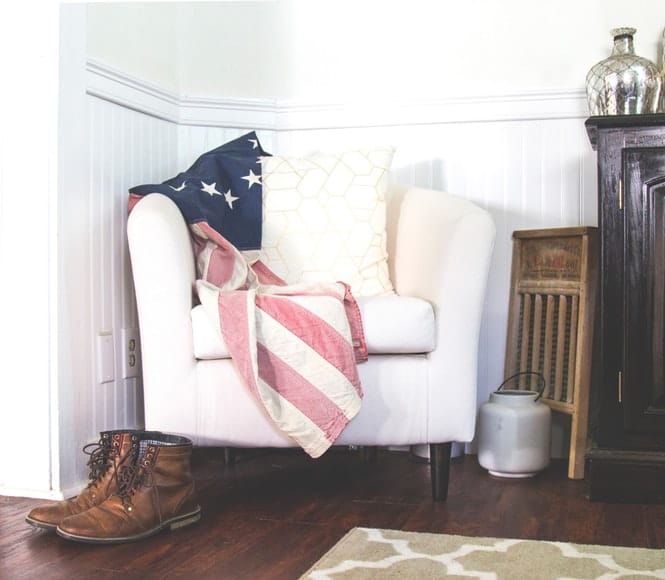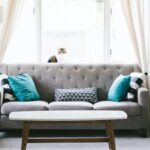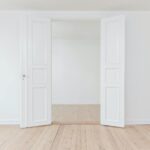Beadboard and Shiplap, Some homes and commercial buildings have damp patches or spots on the walls. In such buildings, you may also notice the rising damp on the ceiling. All these are signs that the buildings lack proper damp-proofing. The spots can be cleaned easily, but some of the patches may be hard to remove.
Table of Contents
Beadboard and Shiplap for Damp-Proofing
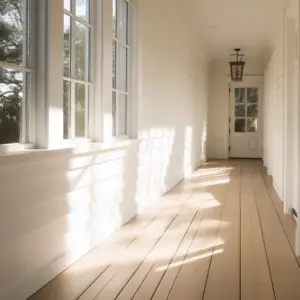
Routinely, you would seek expert damp-proofing services. But if you think that may not be the right idea, you can choose its alternative solution-wood paneling. Wood paneling can help cover walls that are not in a worse condition to curb the issue of damp patches or spots. Wood-paneling your walls solves the damp problem and gives them a modern touch. The two common options for wood cladding are beadboard and shiplap. Read further to know what they are and how they differ.
Before delving into discussing the two types of boards, it is worth noting that their installation may not be a simple DIY project. It would be best if you hired professionals with several years of experience behind them in installing beadboard or shiplap boards.
Besides, you will also need to buy them from the right board supplier. Some of the factors to consider when finding your shiplap or beadboard supplier are:
- Good reputation
- Overall costs
- Product variety or selection
- Reliability of the supplier
- Quality of the boards
- Delivery options
With these in mind, you will find the best supplier for shiplap or beadboard panels. With no further ado, it is time to learn about the two types of waterproofing boards.
What is a Beadboard?
A beadboard is a wood panel with narrow wooden planks with beads positioned every one or two inches. It is simply a wood sheet that has grooves on it. It is typically utilized to decorate walls and ceilings.
Beadboard is a bit versatile when it comes to its usage. It can be used almost anywhere in your home to add a decorative touch.
It is usually available in a variety of sizes and shapes. Typically, this board is used in covering bathrooms and kitchen walls where moisture can easily damage them.
The main characteristic that makes it easy to use anywhere in your home is its customization capabilities and versatility.
Thus, if you have noticed spots caused by water damage, it is time to go for the beadboard. Once it is perfectly installed, you will not experience the problem of wall patches or even moldy walls.
Besides, your walls will look modern. It is, therefore, a bright idea to install the beadboard panels. But before you budget for this, get to know their counterparts-shiplap.
What is Shiplap?
Shiplap is a wooden board that was initially used to waterproof ships. It derived its name from its initial usage, but it can now be used in various design elements in homes and commercial buildings.
Shiplap was also used as a cheap way to clad buildings in the olden days.
Typically, shiplap is a wooden wall sliding that has an overlapping rabbet joint that creates a 90-degree space that allows it to lap over the next board.
If you want to get the best shiplap result, ensure the adjoining parts (mating tongue and rabbet) are similar in terms of thickness. This aspect makes the joint fit properly.
In most cases, they are fitted vertically or horizontally to prevent wall damage by natural elements. This is a cheaper alternative than the beadboard panels, as will be discussed in the following section.
Beadboard vs Shiplap: The Main Differences
Their main differences come from three aspects:
- Joint
- Style
- And Installation
Joint
Both beadboard and shiplap are the most common choices, and they are different.
The primary difference between shiplap and beadboard is how they connect. The beadboard has grooved panels milled with a groove on one side and a tongue on the other side to ensure the board fits perfectly.
On the other hand, shiplap features long planks linked together with an overlapping rabbet joint, creating the 90-degree space between the bottom and top of the adjacent boards.
Style
Beadboard features long, monolithic sheets that bear a resemblance to traditional tongue-and-groove panels.
These are installed using glue and nails. On the other hand, shiplap features long planks that overlap and rest on each other. Generally, the shiplap is mounted horizontally to make a weatherproof seal.
Installation
Tongue and groove laths like beadboard are extremely nice but way more expensive, labor-intensive, and time-consuming to install. Both may look rather similar once installed. However, their main variation lies in how easy they are to install.
Shiplap is very easy when it comes to installation. This is because the panels easily fit together like tiny steps and notch on the adjoining panels. After that, you can nail through the board overlap, and you are good to go.
Beadboard is not always easy to install. But today, some options are easy to install. They do not come as separate boards hence their easy installation. If you buy these options, you will consume less time, labor, and installation costs will remain below.
In A Nutshell
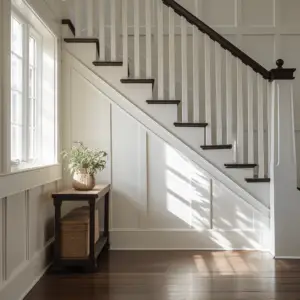
While beadboards and ships are perfect options to create a stylish and visual touch to your building, they are not the same.
Each of these decorative panels has distinctive characteristics. One of the key variations of the two boards is how they connect.
The shiplap boards have interlocking joints, which make it easy for the planks to rest on top of each perfectly. On the other hand, beadboard features strips of wooden panels connected by a tongue-and-groove joint.
Beadboard is a bit versatile when it comes to its usage. However, they are expensive to buy and install.
In addition, they demand intensive labor and take so much time to install. Shiplap boards are easily installed.
They do not require as much labor or time to install. This is simply because the planks interlock with the adjoining planks.
Eventually, they both serve the same purpose. They give your home walls a decorative touch and a modern look. In addition, they make your house proof of natural weather elements and water damage.
